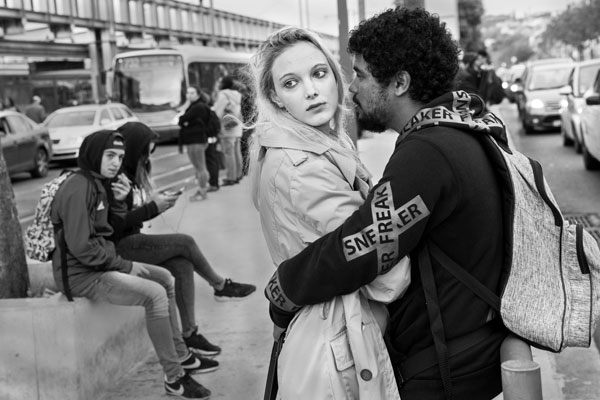The 7-Second Trick For Framing Streets
The 7-Second Trick For Framing Streets
Blog Article
Some Ideas on Framing Streets You Should Know
Table of ContentsThe 3-Minute Rule for Framing StreetsFraming Streets Can Be Fun For EveryoneSome Of Framing StreetsThe Buzz on Framing StreetsThe Single Strategy To Use For Framing StreetsSee This Report about Framing Streets
, generally with the objective of recording photos at a decisive or emotional moment by careful framework and timing. https://www.awwwards.com/framingstreets1/.
Excitement About Framing Streets
Susan Sontag, 1977 Road photography can concentrate on people and their behavior in public. In this regard, the street professional photographer resembles social documentary digital photographers or photojournalists that also operate in public places, however with the objective of catching relevant events. Any one of these professional photographers' images may capture people and building noticeable within or from public areas, which typically requires navigating moral issues and legislations of privacy, security, and residential property.
Depictions of everyday public life create a category in nearly every period of world art, starting in the pre-historic, Sumerian, Egyptian and very early Buddhist art durations. Art handling the life of the street, whether within views of cityscapes, or as the leading concept, shows up in the West in the canon of the North Renaissance, Baroque, Rococo, of Romanticism, Realistic look, Impressionism and Post-Impressionism.
Fascination About Framing Streets
Louis Daguerre: "Blvd du Holy place" (1838 or 1839) In 1838 or 1839 the first photo of figures in the road was taped by Louis-Jacques-Mand Daguerre in one of a set of daguerreotype views extracted from his workshop window of the Blvd du Holy place in Paris. The 2nd, made at the height of the day, reveals an unpopulated stretch of street, while the various other was taken at regarding 8:00 am, and as Beaumont Newhall reports, "The Boulevard, so continuously full of a relocating throng of pedestrians and carriages was completely solitary, other than an individual that was having his boots brushed.
, who was influenced to carry out a similar paperwork of New York City. As the city established, Atget aided to advertise Parisian roads great site as a deserving topic for photography.

8 Easy Facts About Framing Streets Explained
Andre Kertesz.'s extensively admired Images la Sauvette (1952) (the English-language edition was titled The Decisive Minute) advertised the idea of taking an image at what he described the "crucial minute"; "when form and web content, vision and structure combined into a transcendent whole" - sony a9iii.
Little Known Questions About Framing Streets.
The recording device was 'a surprise camera', a 35 mm Contax concealed below his layer, that was 'strapped to the upper body and linked to a long cord strung down the best sleeve'. His job had little contemporary effect as due to Evans' sensitivities regarding the creativity of his task and the privacy of his topics, it was not released until 1966, in the publication Several Are Called, with an intro written by James Agee in 1940.
Helen Levitt, after that a teacher of young kids, associated with Evans in 193839. She recorded the temporal chalk drawings - 50mm street photography that were component of children's street society in New York at the time, along with the youngsters that made them. In July 1939, Mo, MA's brand-new photography area consisted of Levitt's job in its inaugural exhibitRobert Frank's 1958 book,, was considerable; raw and typically indistinct, Frank's photos questioned traditional digital photography of the moment, "tested all the formal rules put down by Henri Cartier-Bresson and Pedestrian Evans" and "flew in the face of the wholesome pictorialism and wholehearted photojournalism of American magazines like LIFE and Time".
Report this page